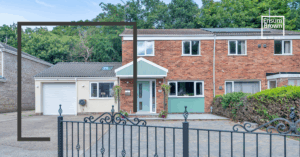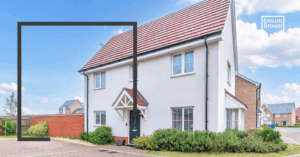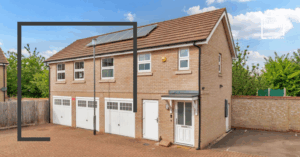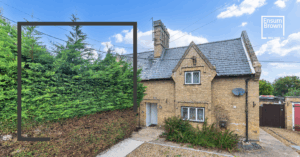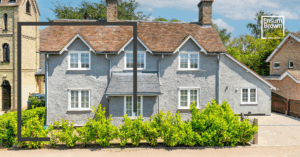It’s good to be green. But if you are thinking about buying a green home, there are a few things you should bear in mind before making your decision.
What is a Green Home?
A green home is typically a property designed to be energy efficient, eco-friendly, and sustainable. These homes often feature high levels of insulation, excellent thermal efficiency and strong water efficiency. Many will also include renewable energy systems such as solar panels, battery storage, and sometimes a heat pump or biomass boiler for heating.
Other elements may include the use of sustainable building materials, recycled resources, and environmentally friendly construction methods. In some cases, a green home may even be a zero-carbon home or built to Passivhaus standards, meaning it is designed to consume as little energy as possible.
The Benefits of Buying a Green Home
One of the main attractions of buying a green property is the knowledge that you are helping to reduce your environmental footprint and contributing to a more sustainable future.
Practical benefits are also significant. A green home should deliver lower energy bills and provide a more comfortable living environment, particularly in the winter months. These homes can also offer a healthier indoor atmosphere, thanks to improved air circulation and the use of low-toxicity materials.
Financial incentives are another potential advantage. Buyers may be eligible for a green mortgage, which can sometimes come with preferential rates or terms to reward eco-conscious choices.
The Drawbacks of a Green Home
Despite their appeal, there are some potential downsides to consider. Firstly, the choice of eco-friendly homes on the market is often limited, especially in certain regions.
Green homes also tend to come with a higher upfront price. Research by Savills suggests that eco-friendly new builds can cost up to 12% more than standard properties.
Resale value is another consideration. Homes constructed using unconventional or highly specialised materials may face more restrictive lending criteria, making them more difficult to mortgage or sell on. While many buyers are attracted to sustainability, not everyone is willing or able to pay what is sometimes referred to as the ‘green premium’.
Should You Buy a Green Home or Retrofit?
If you are interested in buying a green home, it is worth weighing up all the options within your budget and preferred location. Make a shortlist of properties, compare their eco-credentials, and balance the pros and cons carefully.
Another route is to purchase a conventional home and carry out a retrofit to improve energy efficiency. Upgrades such as solar panels, better insulation, and heat pumps can all make a big difference over time and may offer better value depending on the property.
Next Steps
If you are currently looking for a home, get in touch with us to see the latest properties on our books. And if you are considering selling, call us today to arrange a free valuation.
We hope you have found this guide to buying a green home useful. Please feel free to share it with friends or colleagues who may also be exploring the benefits of eco-friendly living.
Important Links
Book a Valuation
Visit our Royston Facebook Page
Visit our Newmarket Facebook Page
View our Ware Facebook Page
